During an extraordinary excavation, a perfectly preserved 84-square-meter Roman mosaic was unearthed near the village of Salkaya in Elazığ Province, eastern Turkey. Discovered by a local farmer, Mehmet Emin Sualp, in April 2023 while planting cherry saplings, the mosaic had been buried just 50 centimeters below the ground since Roman times. This excellent object, dating from the Late Roman period, reportedly represents the largest, best-preserved mosaic found in Turkey so far.
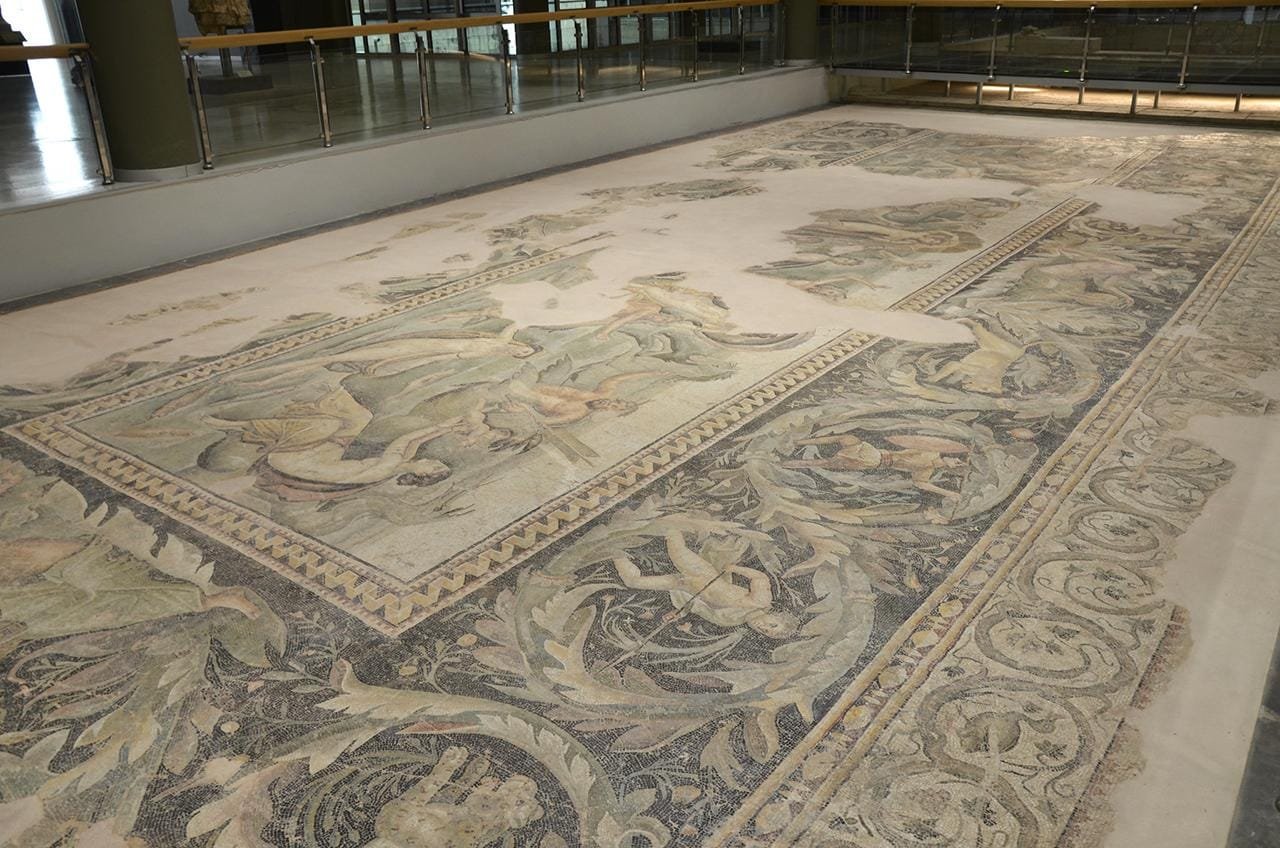
The mosaic depicts scenes of hunting with various animals that must have been native to the region in Roman times. Most striking among them is the image of the rare Anatolian leopard catching an ostrich by the neck, alongside other scenes depicting a lion pursuing a mountain goat, a bear chasing a stag, and greyhounds cornering a wild boar. Between these dramatic pursuits, quieter scenes feature pheasants, ducks, and geese standing among blooming roses and pomegranate trees.
Lead archaeologist Emre Çayır, of the Archaeology and Ethnography Museum of Elazığ, called the mosaic a one-of-a-kind masterpiece. “This is the first mosaic in Turkey to survive as a whole and to depict animals that roamed this area,” Çayır said to The Art Newspaper. He added that other mosaics in the country usually feature geometric patterns or mythological themes.
The imagery carries symbolic meaning, Çayır said. “The lion and bear represent authority in Roman tradition, while the hunting dogs remind us of humanity’s place in the food chain. The craftsmen used these metaphors to express the eternal cycle of nature,” he said.
Archaeologists think the mosaic probably adorned the house of a Roman official, perhaps a reception hall or dining room, as an expression of wealth and power. The settlement is thought to date back to the late 3rd century and may have been a thriving farming town or a strategic outpost along the volatile frontier with the Sasanian Empire.
Other finds at the site include a basalt road, an irrigation channel, and a possible winemaking facility. A small number of coins found nearby suggest that the settlement continued into the early Byzantine period. Interestingly, the mosaic survived for centuries because a wooden roof fell on top of it.
Efforts are underway to protect the mosaic, currently covered to shield it from winter weather. Provincial governor Numan Hatipoğlu stated that authorities are deliberating whether to transfer the mosaic to a museum or preserve it in situ by constructing a protective structure. The decision will depend on future discoveries at the site, as ongoing excavations are expected to yield more artifacts that could provide deeper insights into the daily lives and cultural expressions of the region’s Roman inhabitants.
The mosaic, meanwhile, is currently covered to protect it from winter weather. The provincial governor, Numan Hatipoğlu, said it was still undecided whether it would be transferred to a museum or stayed in its original place, protected by building a structure over it. The decision will depend on future findings.



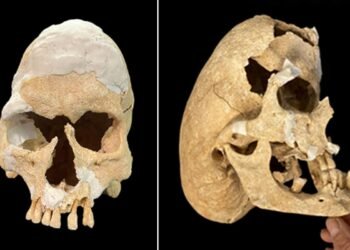
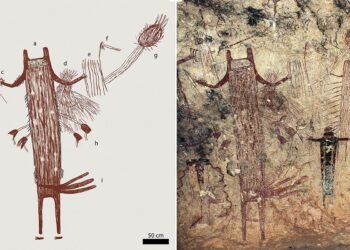
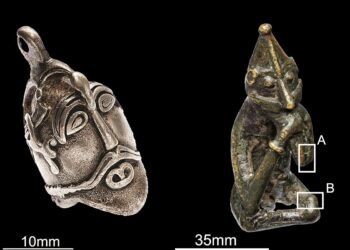
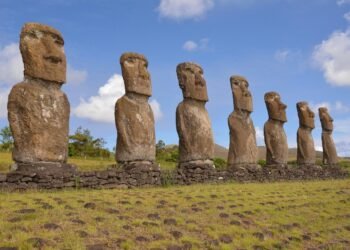
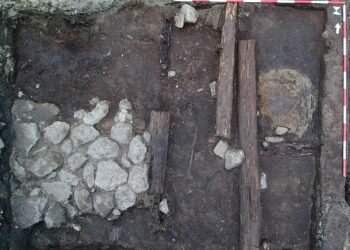
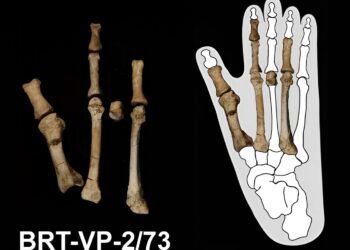















Most likely these are of ancient Armenian heritage. They were there for close to 8k plus years before the barbarian invading ottomans
Absolutely 100% with you